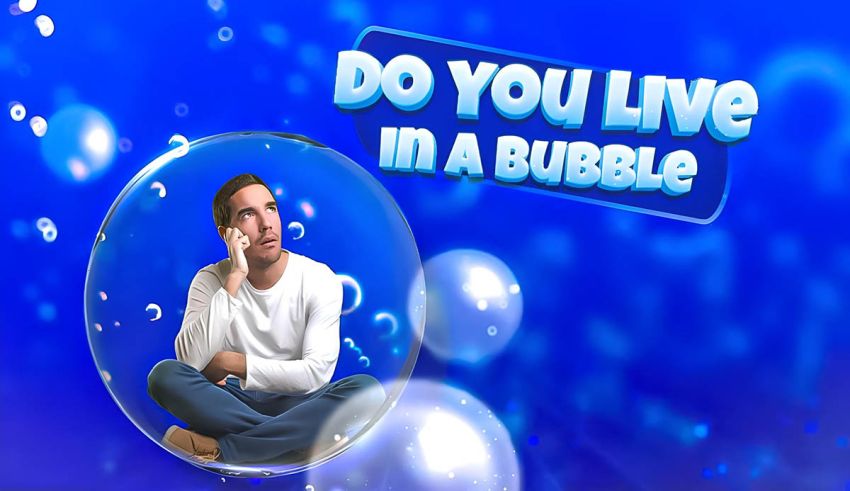
The Why Behind Our Social Bubbles
Our ancestors had to be quick thinkers. They had to live in protective bubbles in which the unknown was dangerous. As their successors, we have carried over the same tendency to “assume” and to react based on assumptions. This habit of viewing life through our subjective lenses confines us within self-fashioned bubbles.
How to Break Out of Your Bubble
In his TED talk, Leander Greitemann highlights the human brain’s neuroplasticity as crucial for escaping self-imposed bubbles. He explains that our neural structure stays receptive to learning, growing, and adapting throughout our lives. By embracing diverse perspectives and relinquishing the sanctity of our ideologies, we can condition our minds to consistently explore beyond our limited understanding of the world, thus liberating ourselves from social or ideological confinement.
Greitemann believes we see the world as we are, not as it is. Therefore, a reasonable reaction to this inherent limitation would be to refrain from placing excessive trust in our perceptions. A logical and ethical individual would instead actively seek out diverse points of view and consider multiple perspectives before solidifying any opinions or taking action.
The Downsides of Living in a Bubble
Stubbornness is sometimes associated with strong will. However, ideological stiffness can only cause more harm than good. Some of the negative outcomes of living in a bubble include polarization, racism, systematic bias, ignorance of social justice and privileges, and resistance to change.
Living in an echo chamber could also turn people into hypersensitive snowflakes—those who cannot tolerate any opposition or disagreement, irrespective of its premise.
Are You a Bubbled Snowflake?
By answering our 15 sensitive questions, you can gauge the extent to which your viewpoints may be pre-filtered. This test reveals any potential blind spots and identifies areas where insulation from diverse perspectives might be influencing your judgments.
























